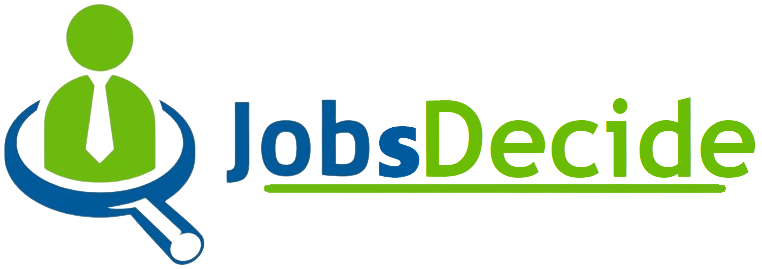History
Considered the "father of needs assessment,” RogerKaufmanfirst developed a model for determining needs defined as a gap in results. This particular emphasis in results focuses on the outcomes (or ends) that result from an organization's products, processes, or inputs (the means to the ends). Kaufman argues that an actual need can only be identified independent of premature selection of a solution (wherein processes are defined as means to an end, not an end unto themselves). To conduct a quality needs assessment according to Kaufman, first determine the current results, articulate the desired results, and the distance between results is the actual need. Once a need is identified, then a solution can be selected that is targeted to closing the gap. Kaufman's model in particular identifies gaps in needs at the societal level, what Kaufman calls "Mega" planning, along with gaps at the Macro (or organizational) and Micro level (the level of individuals and small groups). Organizational elements vary among the three different levels: they are outcomes at the Mega level, outputs at the Macro level, and products at the Micro level.A Mega level needs assessment should be conducted if the primary beneficiary of the desired results is society itself (as with the results of a clean environment or continuing profit). If the desired resulted are not directly societal, but are delivered to society (such as automobiles or college graduates), then a Macro level assessment should be performed. If the desired results are building blocks for larger results (such as a single sale or a passed inspection), then a Micro level needs assessment is appropriate.
Kaufman articulated 13 indicators for societal well-being, which there will be no losses of life nor elimination or reduction of levels of well-being, survival, self-sufficiency, and quality of life from any source, including (but not limited to):
- War and/or riot and/or terrorism
- Shelter
- Unintended human-caused changes to the environment, including permanent destruction of the environment and/or rendering it non-renewable
- Murder, rape, or crimes of violence, robbery, or destruction of property
- Substance abuse
- Disease
- Pollution
- Starvation and/or malnutrition
- Child abuse
- Partner/spouse/elder abuse
- Destructive behavior, including child, partner, spouse, self, elder, and others
- Discrimination based on irrelevant variables including color, race, creed, sex, religion, national origin, age, and location
- Poverty







